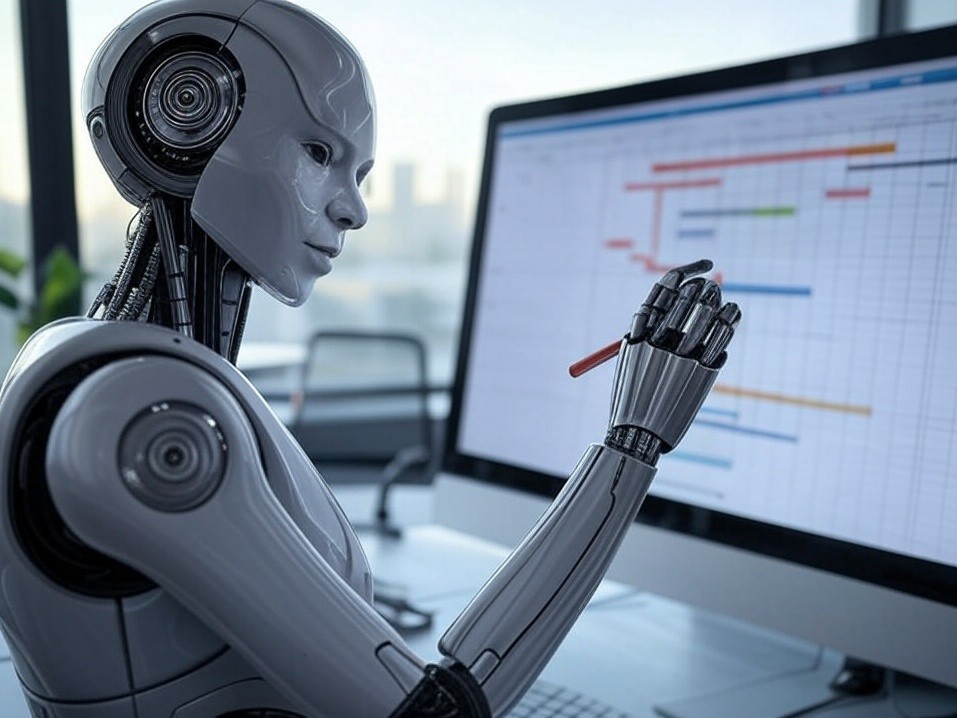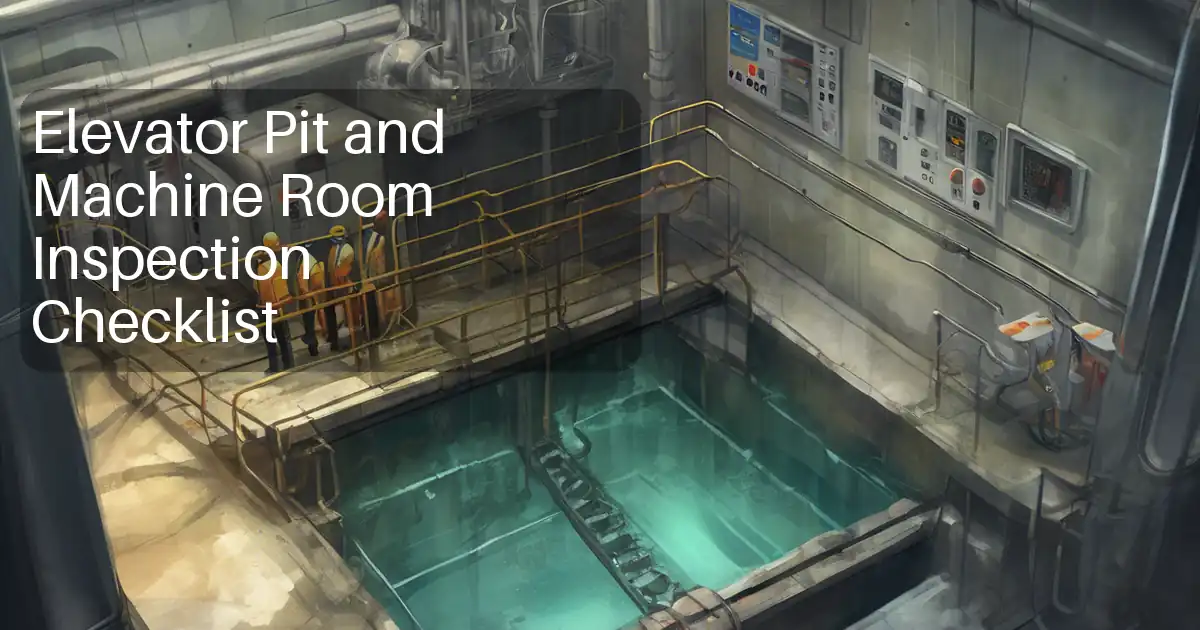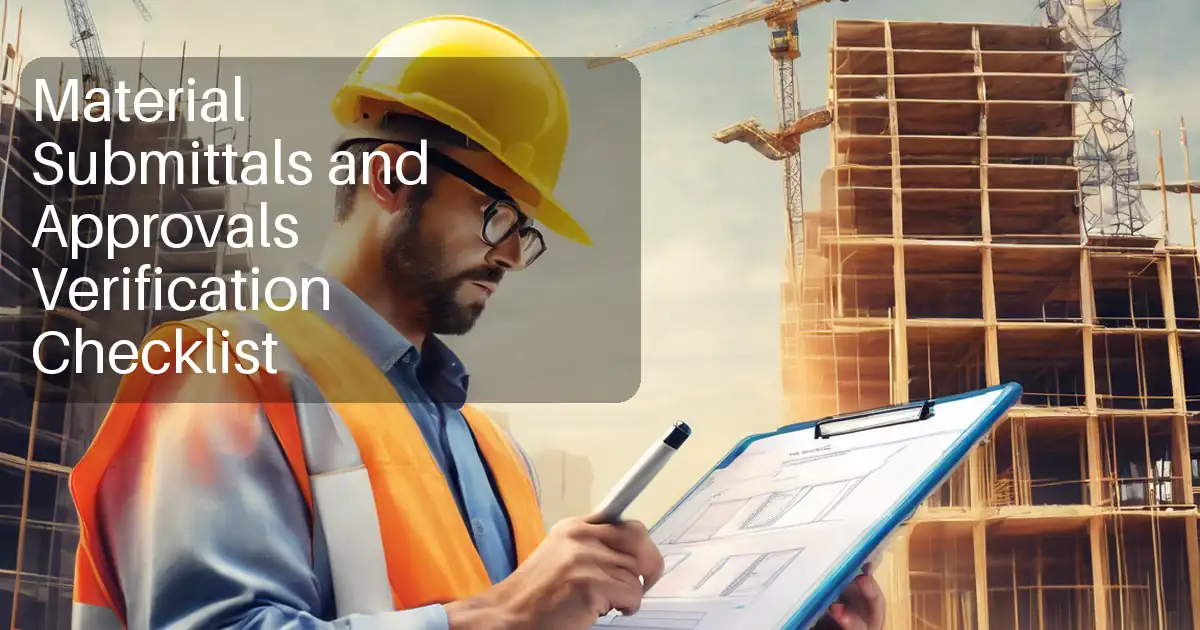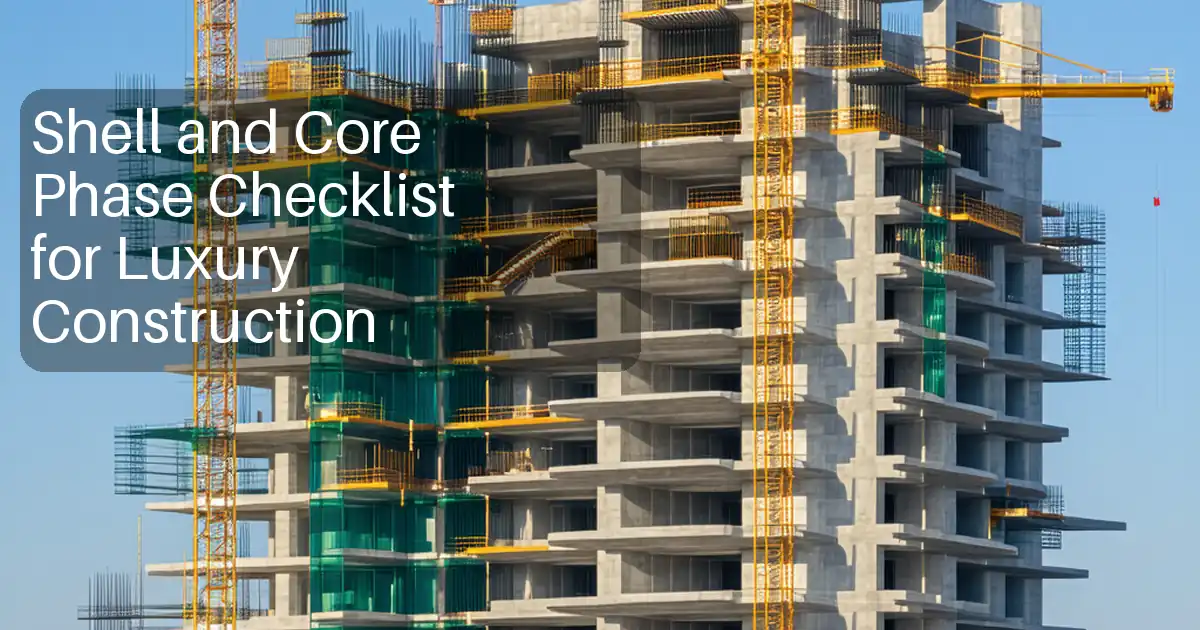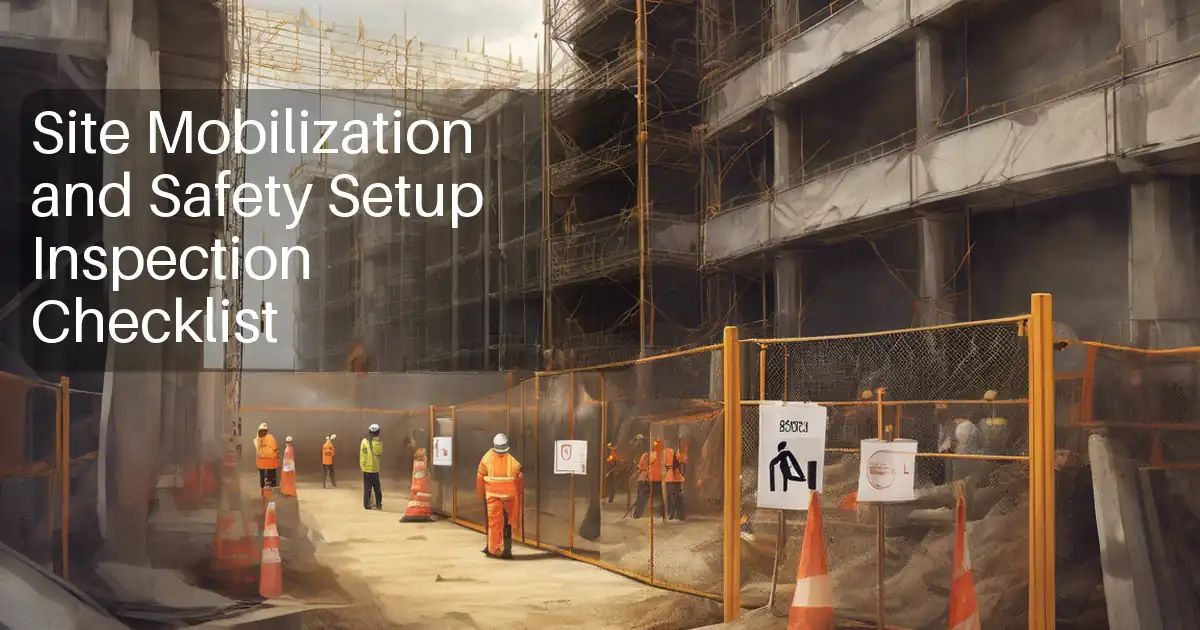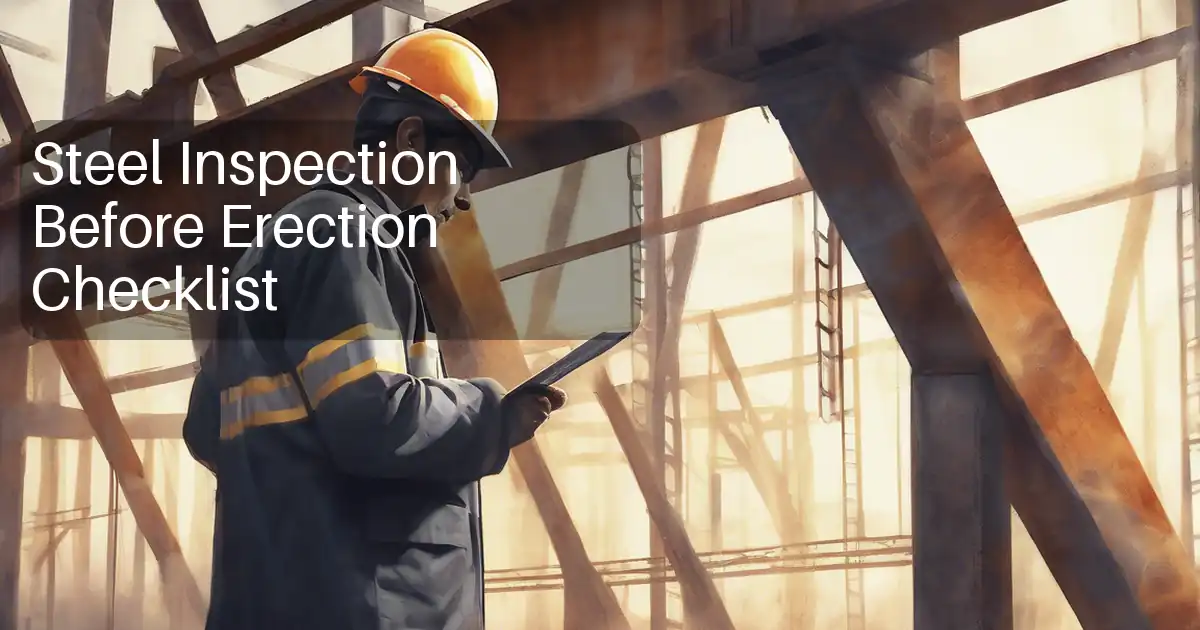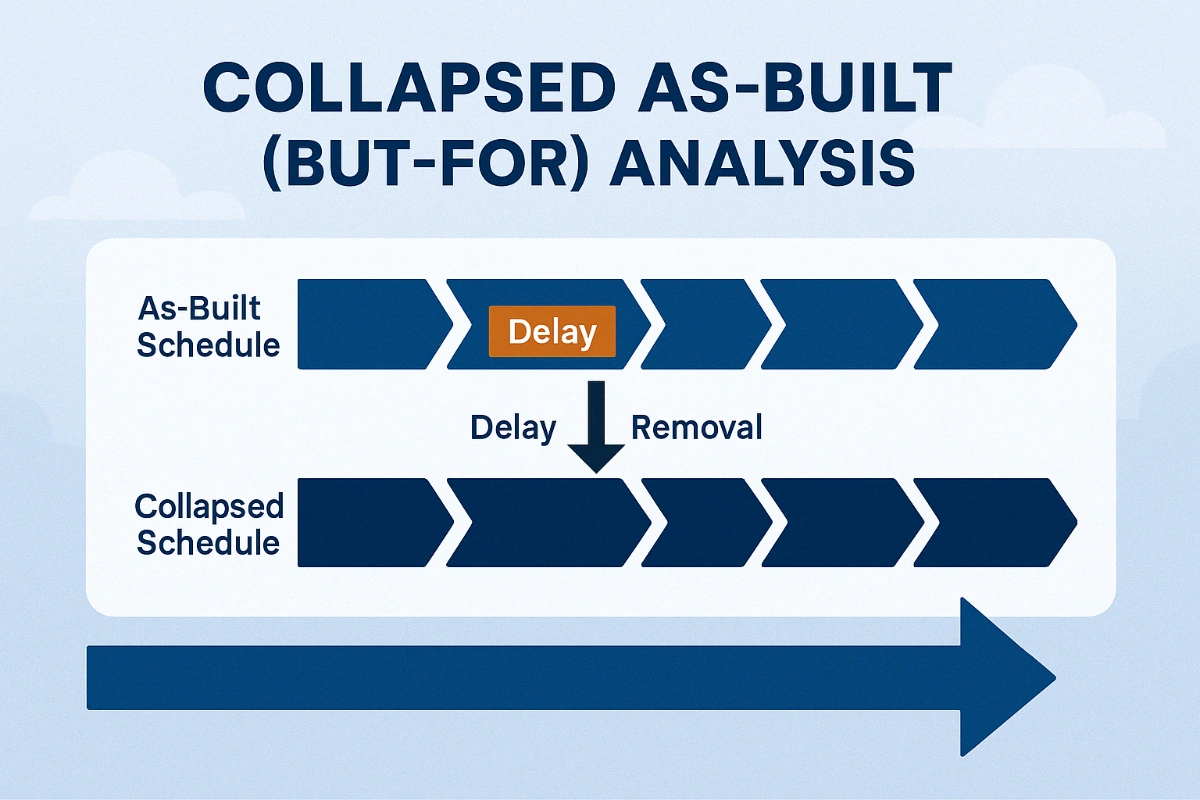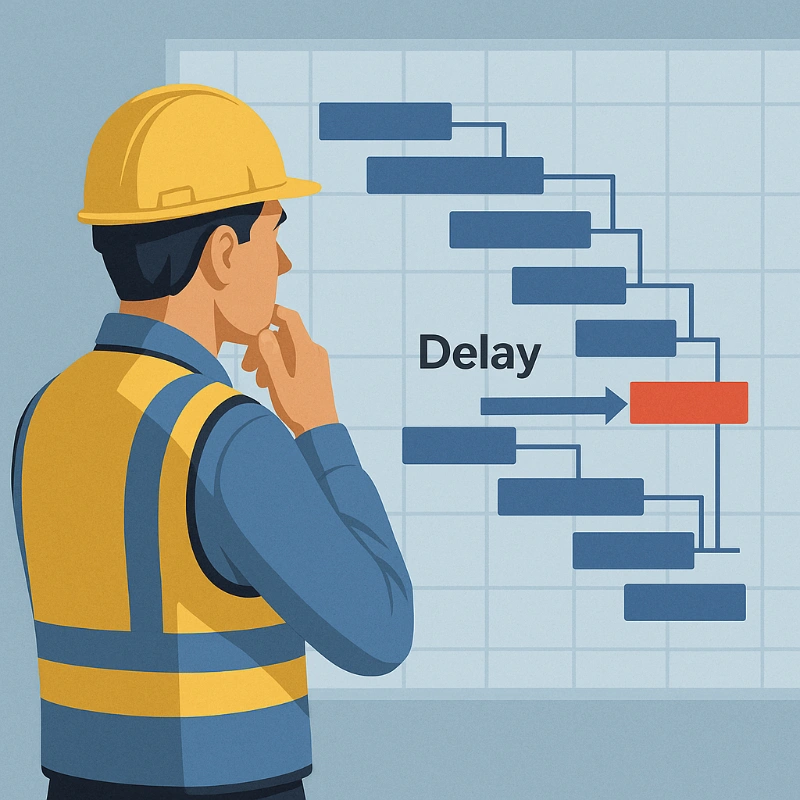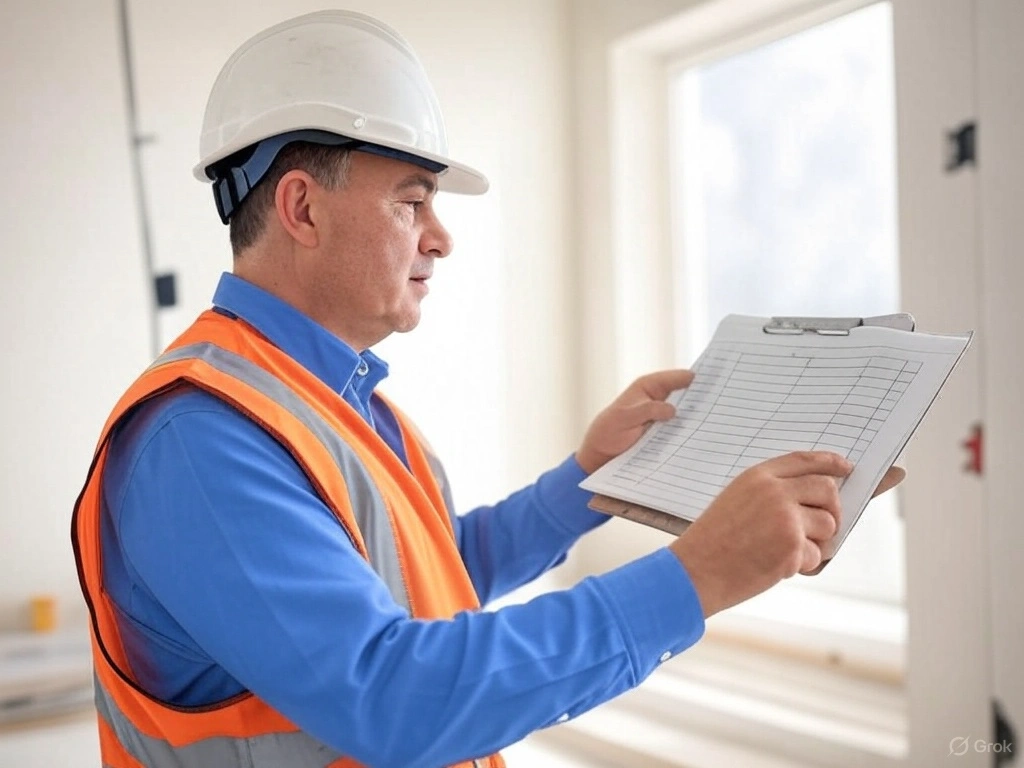How AI Is Transforming Construction by Predicting Project Delays
📌 Quick Summary
AI in construction uses predictive analytics, real-time project data, and machine learning to forecast delays before they occur. By identifying risk patterns early, AI tools help project managers make informed decisions, optimize construction schedules, and reduce costly disruptions. This proactive approach is redefining construction project management and improving on-time delivery across the industry.
Introduction
Construction delays are more than just inconvenient—they’re costly. Globally, large construction projects run an average of 20% over schedule. Traditional project management tools like Critical Path Method (CPM) and manual oversight often fail to keep up with the dynamic, fast-paced environment of a construction site.
Enter Artificial Intelligence (AI). By combining predictive analytics with real-time data, AI is transforming how construction delays are identified and addressed. Today’s smart construction managers are using AI tools to spot risks before they escalate—and take action to stay on schedule.
1. Understanding AI-Powered Delay Forecasting
Predictive analytics in construction involves using past and present data to forecast future outcomes—specifically, delays. AI models are trained on vast datasets, including:
-
Historical project timelines
-
Labor productivity records
-
Weather patterns
-
Supply chain logs
-
Equipment usage and maintenance data
These models use machine learning algorithms to detect patterns and anomalies. For example, if a past delay was caused by late material delivery and bad weather, the system learns to raise red flags when similar conditions arise again.
2. Key Applications of AI in Delay Prediction
AI doesn’t just forecast delays—it actively prevents them through actionable insights. Some of the top applications include:
-
Schedule Risk Analysis: Detecting potential slippage before it happens
-
Real-time Monitoring: AI tools track daily progress and compare it against the baseline plan
-
Integration with BIM (Building Information Modeling): Overlaying time-based predictions on 3D models
-
Scenario Simulations: Exploring what-if cases and rescheduling to avoid clashes
These tools not only improve accuracy but empower project managers to act early, reducing the domino effect of delays across trades and stages.
3. Real-World Examples and Case Studies
The benefits of AI in construction delay forecasting are already visible in real-world use:
-
Buildots uses helmet-mounted 360° cameras and AI to compare actual site progress to digital models, detecting deviations in real time.
-
ALICE Technologies provides an AI-powered construction simulator that evaluates millions of scheduling possibilities, helping teams choose the most efficient path.
-
Autodesk Construction Cloud integrates predictive analytics to help teams foresee safety risks and schedule issues before they occur.
In one case, a commercial developer using AI-driven forecasting tools reported a 15% improvement in on-time milestone delivery.
4. Benefits for Project Managers
AI gives project managers a much-needed edge in tackling complexity. Key benefits include:
-
Improved Forecasting Accuracy: AI factors in a broader range of variables than human estimations alone
-
Proactive Management: Project teams can mitigate risks before they turn into delays
-
Data-Driven Decision Making: No more guesswork—every choice is backed by analytics
-
Resource Optimization: AI recommends how to shift labor, equipment, and materials for maximum efficiency
The result? Fewer delays, better budget control, and happier clients.

5. Challenges and Considerations
Despite its advantages, AI adoption in construction comes with hurdles:
-
Data Quality: Inaccurate or incomplete data can lead to faulty forecasts
-
Technology Integration: Legacy systems may not play nicely with AI tools
-
Training and Culture: Teams must adapt to data-driven workflows
-
Cybersecurity: Cloud-based systems raise concerns around data privacy and protection
That said, these challenges are shrinking as platforms become more user-friendly and secure.
6. The Future of AI in Construction Delay Forecasting
The future is even more exciting. Here’s what’s next:
-
Generative AI: Beyond predictions, AI can suggest optimal project plans from scratch
-
Digital Twins: Real-time virtual replicas of construction sites powered by AI and IoT
-
AI Assistants: Virtual helpers for project managers to answer queries, automate tasks, and alert to risks
-
Sustainable Scheduling: AI can also help align schedules with environmental goals, reducing waste and carbon emissions
As these technologies mature, the construction industry will become more agile, resilient, and efficient.
Conclusion
AI is no longer a futuristic buzzword in construction—it’s a practical tool making a real difference today. By predicting delays, optimizing plans, and empowering teams with insights, AI is helping construction firms build smarter, faster, and better.
The construction managers who embrace this technology now aren’t just keeping up—they’re getting ahead.
Call to Action: Ready to Take Your Construction Projects to the Next Level?
Stay ahead of costly delays and inefficient planning by integrating AI-powered predictive analytics into your construction workflows today.
Try our free -no signup- DelayClaim Assistant by quollnet.com
Use our DelayClaim GPT - this assistant helps you choose delay analysis methods, prepare EOT claims, and apply FIDIC/NEC standards. Includes tools like delay logs, checklists, and a method selector to support contractors, consultants, and planners.
Want to make smarter project decisions?
Download our free safety checklist guide to ensure your project teams are not only efficient—but safe, compliant, and audit-ready. It includes daily, weekly, and monthly templates developed from industry best practices.
Looking to boost productivity and minimize risk?
Explore how AI in construction scheduling can transform your operations—from Gantt charts to real-time risk prediction.
- Use our cashflow and scheduling ai driven application (CashFlowPot)
- Use our quality control (Snag list) Application
- Check out Delay Analysis In Construction
- Check more related articles
